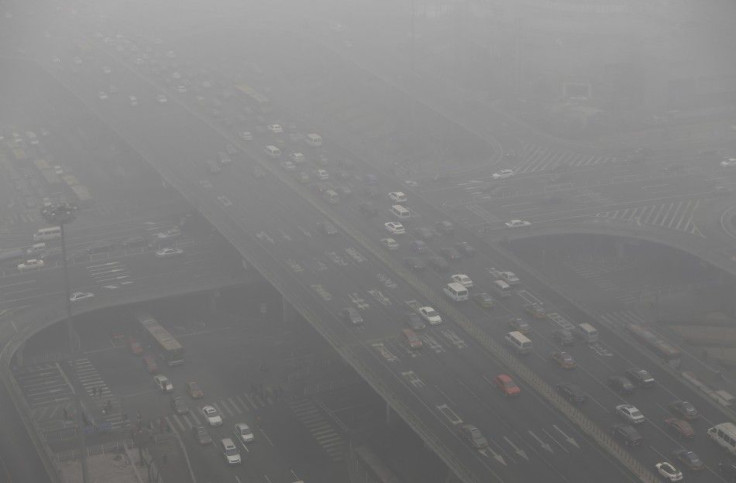Kids who live near busy roads have higher risk of leukemia, research reveals

Living close to heavily used roads may increase the risk of developing a rare type of blood cancer among children, a study suggests. According to scientists from the French National Institute of Health and Medical Research, or Inserm, the incidence of myeloblastic leukemia is 30 percent higher among children whose residence is located within 150 metres of heavily used roads. This link, however, was not observed for the more common, lymphoblastic type of leukemia.
Between the period of 2002 and 2007, the research team analysed 2,760 cases of leukemia diagnosed in children under 15-years-old who live in metropolitan France, which they compared with a sample of 30,000 children randomly selected from the national population. The study focused on the case of the Île-de-France region, the most urbanised region in Paris. Airparif, which is responsible for the monitoring of air quality in Île-de-France, provided the mean annual concentration of benzene, mainly from road traffic.
The researchers found that the risk of childhood myeloblastic leukemia was double in Île-de-France children whose houses were the most exposed to traffic. These are residences located within a 150-metre radius of heavily used roads, with a combined length of over 260 metres within this radius. According to the study, published in the American Journal of Epidemiology, exposure to benzene related to car traffic might be one of the explanations for this association. Benzene, found in the air from motor vehicle exhaust emissions, has been classified as a known human carcinogen for all routes of exposure.
While the link between myeloblastic leukemia and children exposed to benzene is newly established, the increased risk of this cancer among adults with a history of occupational exposure to benzene has long been known. The new study forms part of the Geolocation Study of Paediatric Cancers, or GEOCAP, programme in France which seeks to study the role of environmental exposures in the occurrence of cancer in children under 15 years old. One of the hypotheses of the research community is that there is an increased risk of leukemia in children living close to heavily used roads.
In France, which has a population of a little over 11 million children, cancer affects more than 1,700 children aged 15 years old and below every year. Leukemia is the most common childhood cancer, registering 470 new cases each year. Myeloblastic leukemia is a rare type of blood cancer, which affects myeloid stem cells that give rise to the red blood cells. Currently, the five-year survival following childhood leukemia is over 80 percent.
Contact the writer at feedback@ibtimes.com.au or tell us what you think below.





















